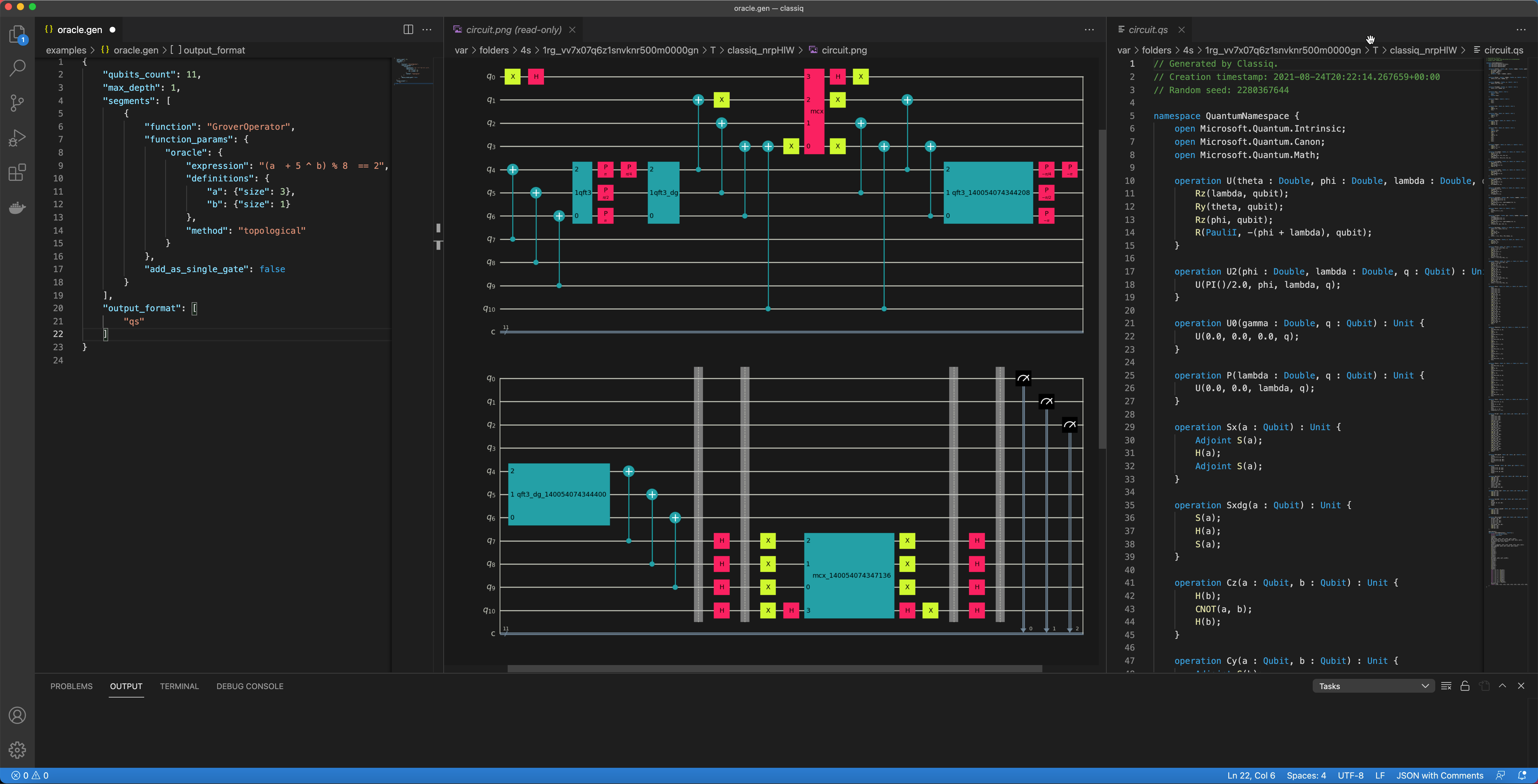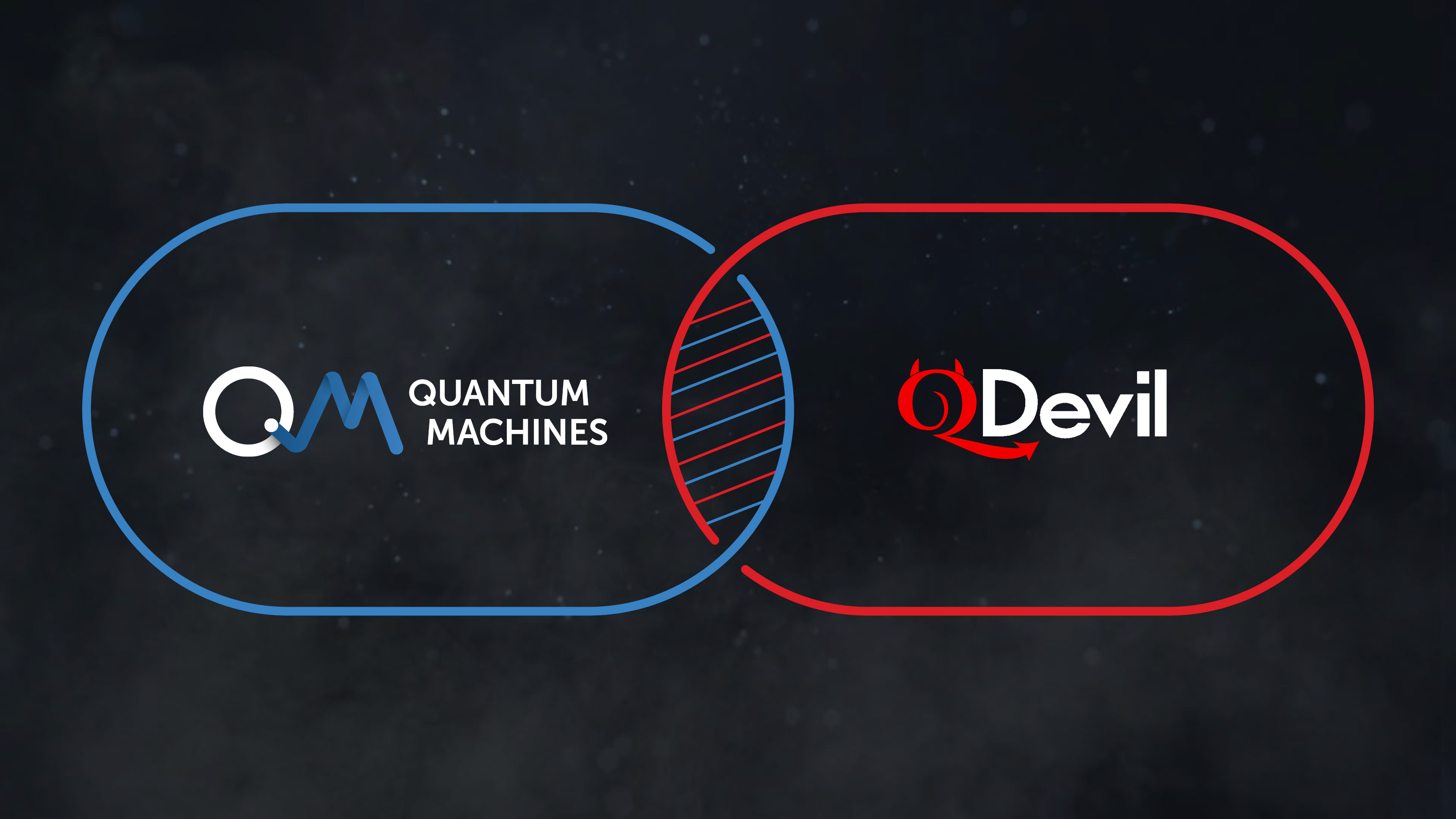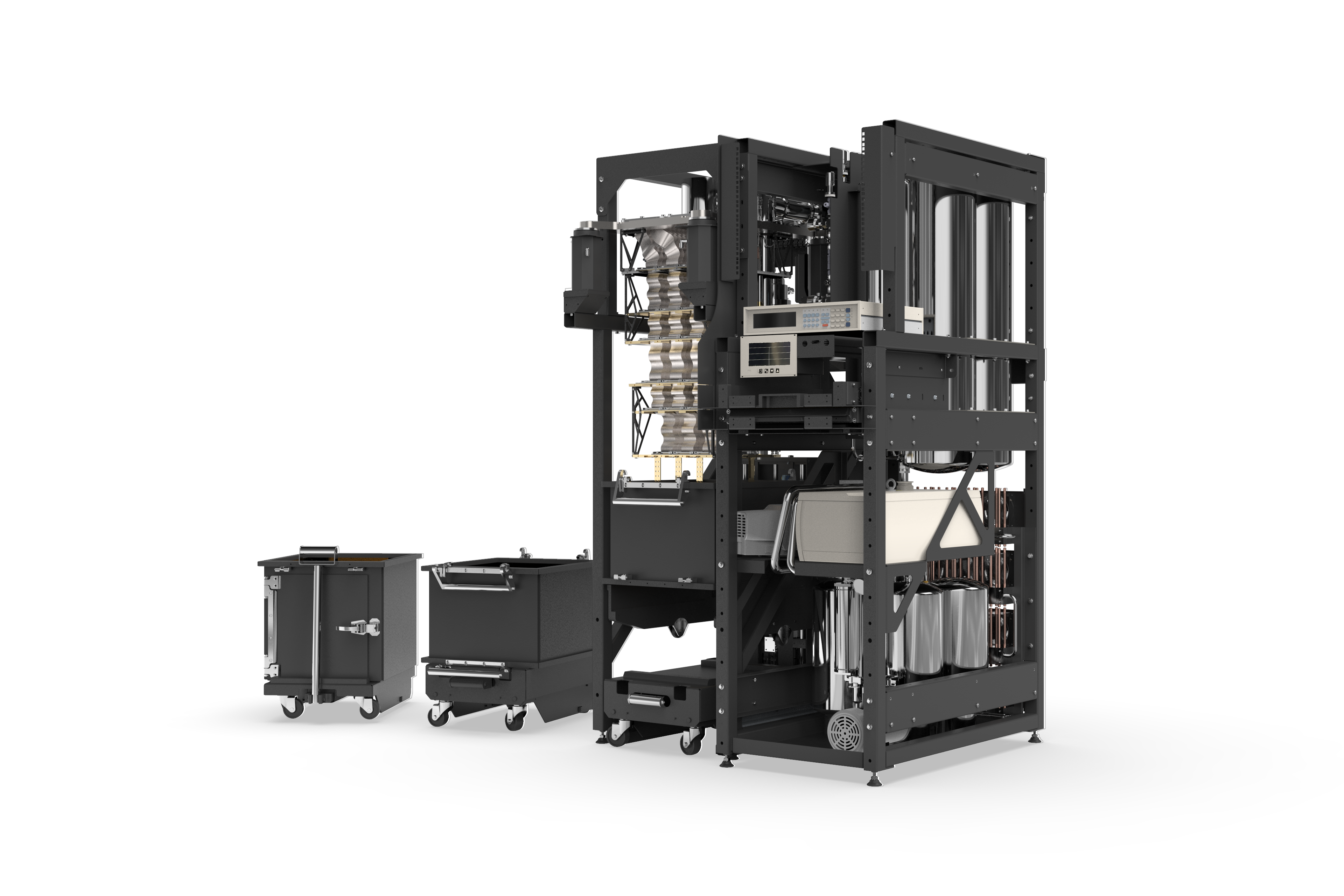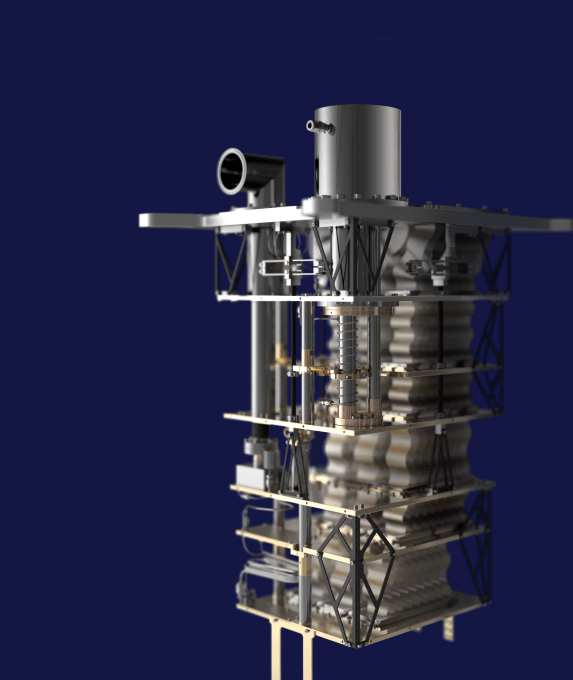As the tech world inches a closer to the idea of artificial general intelligence, we’re seeing another interesting theme emerging in the ongoing democratization of AI: a wave of startups building tech to make AI technologies more accessible overall by a wider range of users and organizations.
Today, one of these, Baseten — which is building tech to make it easier to incorporate machine learning into a business’s operations, production and processes without a need for specialized engineering knowledge — is announcing $20 million in funding and the official launch of its tools.
These include a client API and a library of pretrained models to deploy models built in TensorFlow, PyTorch or scikit-learn; the ability to build APIs to power your own applications; and the ability the create custom UIs for your applications based on drag and drop components.
The company has been operating in a closed, private beta for about a year and has amassed an interesting group of customers so far, including both Stanford and the University of Sydney, Cockroach Labs, and Patreon, among others, who use it to, for example, help organizations with automated abuse detection (through content moderation) and fraud prevention.
The $20 million is being discussed publicly for the first time now to coincide with the commercial launch, and it’s in two tranches, with equally notable names among those backers.
The seed was co-led by Greylock and South Park Commons Fund, with participation also from the AI Fund, Caffeinated Capital and individuals including Greg Brockman, co-founder and CTO at general intelligence startup OpenAI; Dylan Field, co-founder and CEO of Figma; Mustafa Suleyman, co-founder of DeepMind; and DJ Patil, ex-Chief Scientist of the United States.
Greylock also led the Series A, with participation from South Park Commons, early Stripe exec Lachy Groom; Dev Ittycheria, CEO of MongoDB; Jay Simon, ex-president of Atlassian, now at Bond; Jean-Denis Greze, CTO of Plaid; and Cristina Cordova, another former Stripe exec.
Tuhin Srivastava, Baseten’s co-founder and CEO, said in an interview that the funding will be used in part to bring on more technical and product people, and to ramp up its marketing and business development.
The issue that Baseten has identified and is trying to solve is one that is critical in the evolution of AI: Machine learning tools are becoming ever more ubiquitous and utilized, thanks to cheaper computing power, better access to training models and a growing understanding of how and where they can be used. But one area where developers still need to make a major leap, and businesses still need to make big investments, is when it comes to actually adopting and integrating machine learning: there remains a wide body of technical knowledge that developers and data scientists need to actually integrate machine learning into their work.
“We were born out of the idea that machine learning will have a massive impact on the world, but it’s still difficult to extract value from machine learning models,” Srivastava said. Difficult, because developers and data scientists need to have specific knowledge of how to handle machine learning ops, as well as technical expertise to manage production at the back end and the front end, he said. “This is one reason why machine learning programs in businesses often actually have very little success: it takes too much effort to get them into production.”
This is something that Srivastava and his co-founders Amir Haghighat (CTO) and Philip Howes (Chief Scientist) experienced first-hand when they worked together at Gumroad. Haghighat, who was head of engineering, and Srivastava and Howes, who were data scientists, wanted to use machine learning at the payments company to help with fraud detection and content moderation, and realised that they needed to pick up a lot of extra full-stack engineering skills — or hire specialists — to build and integrate that machine learning along with all of the tooling needed to run it (eg notifications and integrating that data into other tools to action).
They built the systems — still in use, and screening “hundreds of millions of dollars of transactions” — but also picked up an idea in the process: others surely were facing the same issues they did, so why not work on a set of tools to help all of them and take away some of that work?
Today, the main customers of Baseten — a reference to base ten blocks, often used to help younger students learn the basics of mathematics (“It humanizes the numbers system, and we wanted to make machine learning less abstract, too,” said the CEO) — are developers and data scientists who are potentially adopting other machine learning models, or even building their own, but lack the skills to practically incorporate them into their own production flows. There, Baseten is part of a bigger group of companies that appear to be emerging building “MLops” solutions — full sets of tools to make machine learning more accessible and usable by those working in devops and product. These include Databricks, Clear, Gathr and more. The idea here is to give tools to technical people to give them more power and more time to work on other tasks.
“Baseten gets the process of tool-building out of the way so we can focus on our key skills: modeling, measurement and problem solving,” said Nikhil Harithras, senior machine learning engineer at Patreon, in a statement. Patreon is using Baseten to help run an image classification system, used to find content that violates its community guidelines.
Over time, there a logical step that Baseten could make, continuing on its democratization trajectory: considering how to build tools for non-technical audiences, too — an interesting idea in light of the many no-code and low-code products that are being rolled out to give them more power to build their own data science applications, too.
“Non-technical audiences are not something we focus on today, but that is the evolution,” Srivastava said. “The highest level goal is to accelerate the impact of machine learning.”




